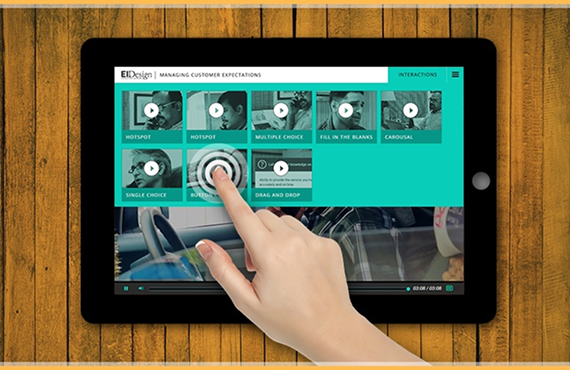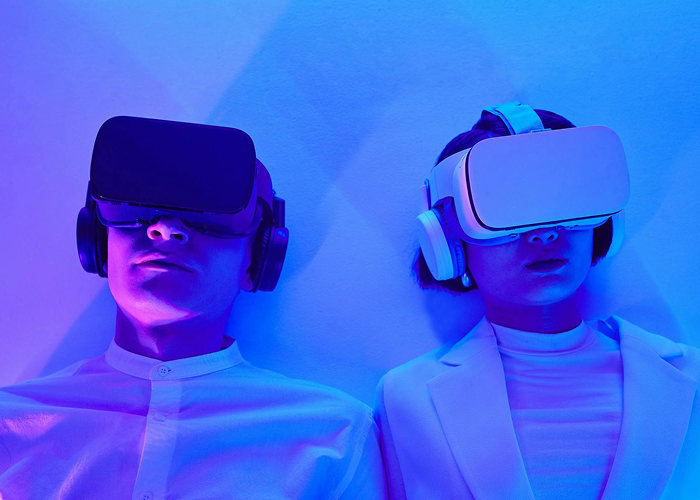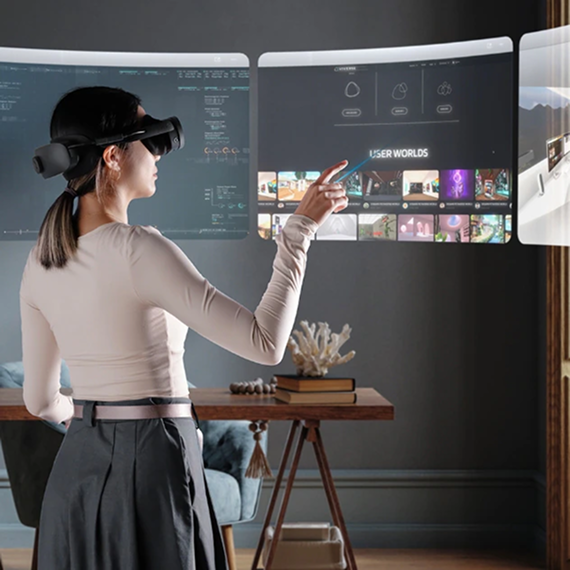As digital content continues to evolve, so does the way viewers engage with it. The contrast between interactive video marketing and passive video content marks a significant shift in how we communicate, educate, and promote through video. This transformation represents a new era of viewer participation—where audiences no longer just watch, but actively interact with content.
In this blog, we’ll explore the key differences between interactive and passive video formats, their respective benefits, and when it’s most effective to use each. Whether you’re a content creator, marketer, educator, or digital advertiser, understanding these types of video advertising will help you craft more impactful and engaging campaigns.

Defining Interactive and Passive Video
Passive videos are traditional video formats where viewers consume content without any form of interaction. These videos follow a linear timeline and deliver a fixed message, regardless of the viewer’s behavior or preferences. Common examples include:
TV commercials
Pre-roll YouTube ads
Corporate brand videos
Product demonstration
While passive videos are effective for broad messaging and storytelling, they lack the ability to tailor the experience or measure real-time viewer input.
What Is Interactive Video?
In contrast, interactive videos invite the viewer to take part in the experience. Through clickable elements, quizzes, decision points, or hotspots, interactive videos turn passive viewers into active participants. This creates a more personalized and engaging experience.
Examples of interactive video include:
Branching narratives (“choose your own path” formats)
Shoppable videos with embedded purchase options
Interactive training or onboarding modules
Gamified learning content
These formats not only provide value to the viewer but also deliver richer analytics for content creators and marketers.

Benefits of Interactive Video Engagement
1. Higher Engagement and Completion Rates
Interactive elements naturally keep viewers more engaged. They require input and decision-making, which increases the likelihood that users will watch the entire video. Research shows that interactive videos can boost viewer engagement by up to 300% compared to passive videos.
2. Personalized Experiences
By allowing viewers to choose their path or input preferences, interactive videos create a personalized journey. This customization leads to stronger emotional connections and higher satisfaction rates.
3. Better Learning and Retention
In educational settings, interactive video enhances retention and comprehension. When viewers actively participate—answering questions, choosing scenarios—they are more likely to remember the information.
4. Powerful Data and Insights
Interactive videos allow marketers to track clicks, choices, engagement patterns, and completion rates. These advanced analytics provide valuable feedback and enable more effective A/B testing.
5. Gamification and Fun
Adding elements like points, rewards, or unlockable content transforms traditional viewing into a game-like experience. This is particularly effective for video marketing engagement, online learning, and brand loyalty campaigns.

Interactive Video: Transforming Engagement
The real power of interactive video lies in its ability to drive action. It transforms passive consumption into active decision-making. Let’s explore how various industries are using interactive content:
Marketing and E-commerce Interactive videos are increasingly used for shoppable experiences, where users can click on products within the video and buy them directly. This reduces friction in the buyer journey and can dramatically improve conversion rates.
Education and Training
From e-learning platforms to corporate training, interactive videos help learners retain information and stay motivated. Features like embedded quizzes and branching scenarios simulate real-life decision-making.
Example: An HR department creates an onboarding video that adapts to employee roles and answers based on input.
Entertainment
Streaming platforms like Netflix have experimented with interactive storytelling, allowing viewers to choose how a story unfolds. This immersive experience increases watch time and user satisfaction.
Internal Communication
Businesses use interactive videos to improve engagement in internal communications. For example, updates about policy changes can include clickable summaries or feedback surveys.
When to Use Interactive vs. Passive Video
Knowing when to use interactive vs. passive video is crucial to your strategy. Each has its strengths depending on your goals and audience.
Use Passive Video when:
You want to tell a linear, emotional story
You’re targeting a broad audience with a single message
Your primary goal is reach and impressions
Budget or time constraints make interactivity impractical
Use Interactive Video when:
You want to increase engagement and interaction
Personalization is important to your audience
You need detailed insights on viewer behavior
Your content includes product showcases or educational material
Best Practices for Interactive Video Marketing
To get the most from your interactive video content, keep these best practices in mind:
Start with a clear goal: Are you educating, selling, or collecting feedback?
Keep the user interface intuitive: Buttons, quizzes, and menus should be easy to use on all devices.
Test frequently: Gather feedback, monitor analytics, and A/B test different interaction points.
Don’t overcomplicate: Limit the number of choices at each decision point to avoid overwhelming the viewer.
Mobile optimization is key: Ensure all interactive features are responsive and work seamlessly on smartphones and tablets.
Conclusion
The era of passive content is no longer the default. As consumers seek more control and connection in their media experiences, interactive video marketing is emerging as a game-changing strategy. By blending engagement, personalization, and measurable insights, interactive videos empower brands, educators, and content creators to deliver more meaningful and effective video experiences.
Whether you’re just exploring interactive formats or looking to optimize your current strategy, now is the time to embrace this shift—and lead your audience into a more dynamic viewing journey.







